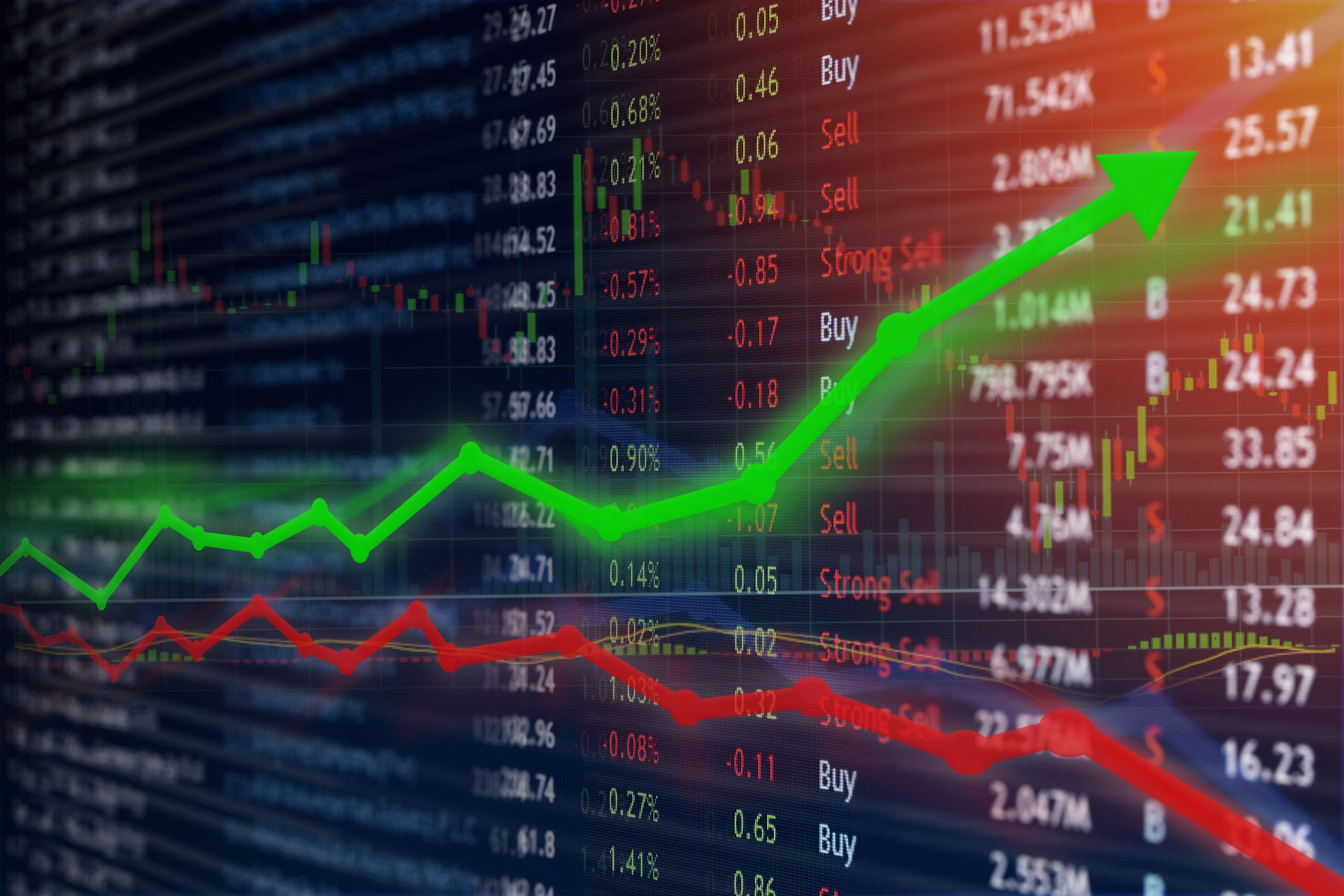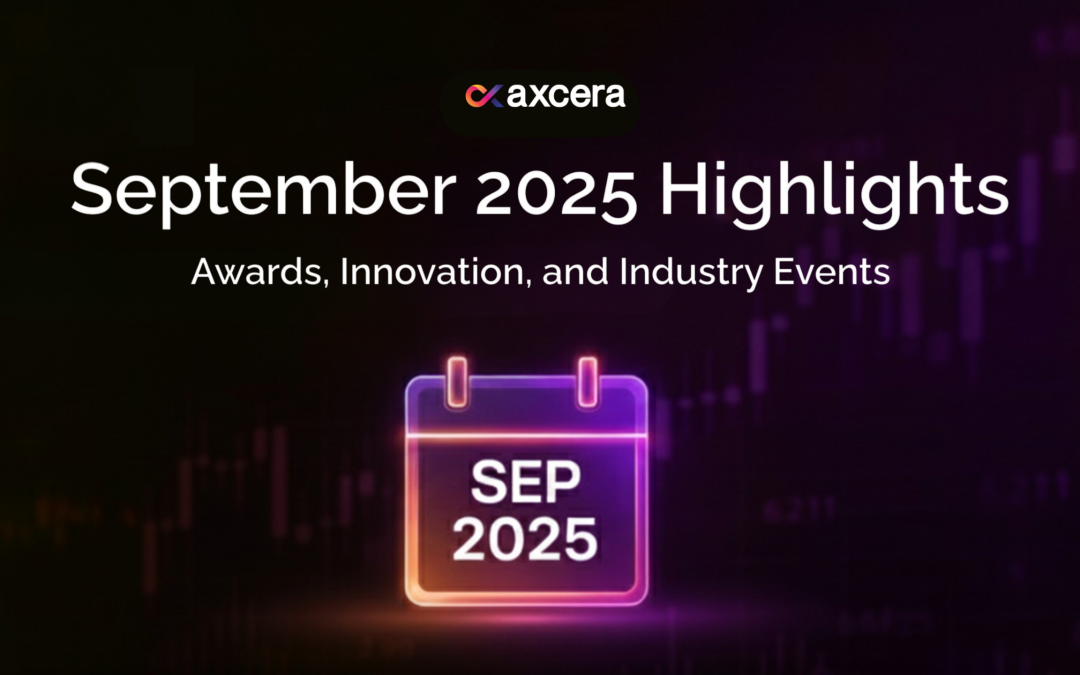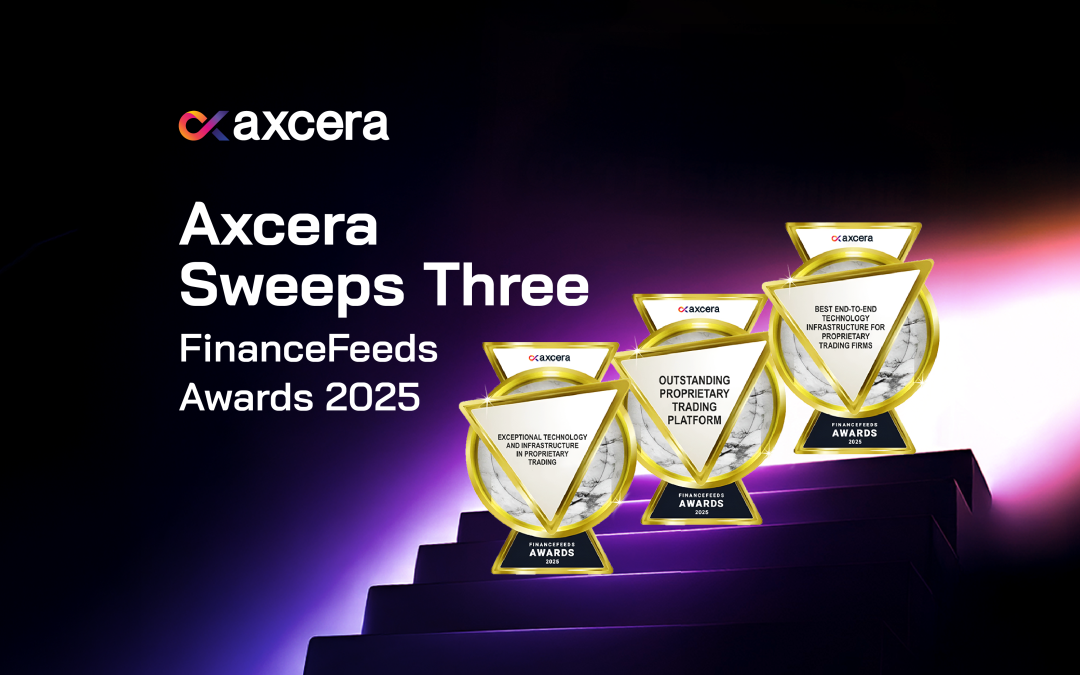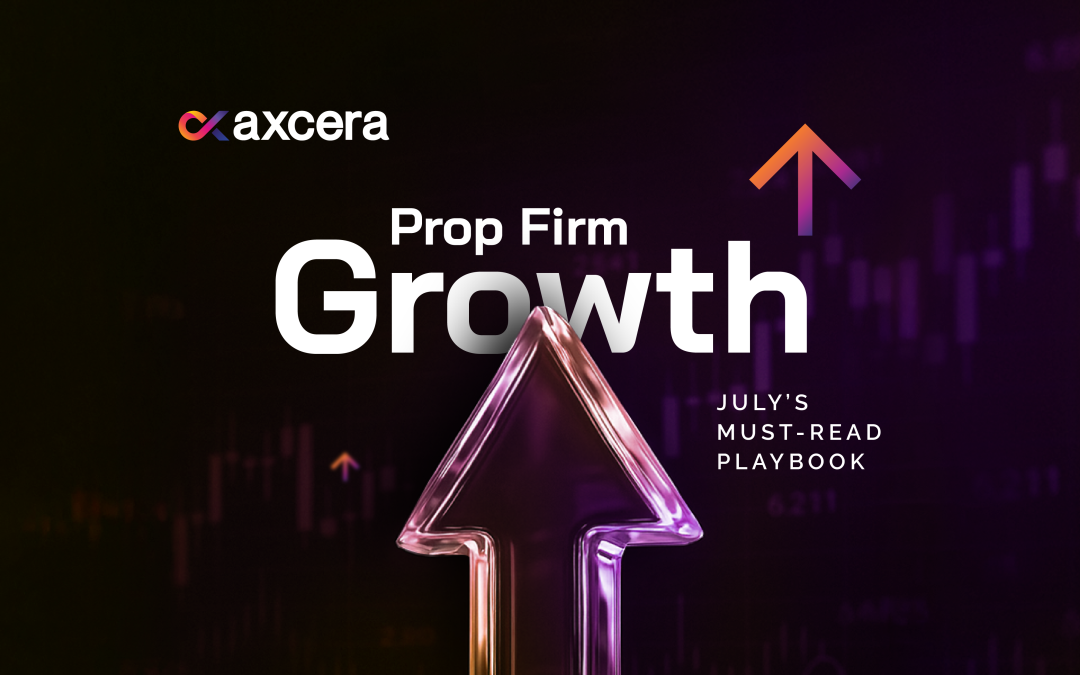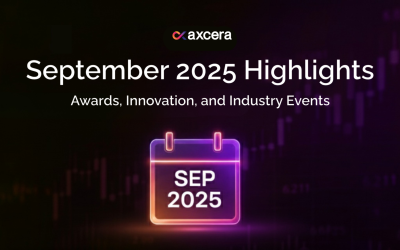Financial markets are amongst the most advanced and fast-moving drivers of technology in the entire world of business and it is impossible for a proprietary trading firm to function effectively without effective software, tools and modelling programs.
Almost every part of every person’s life is affected by fintech in one way or another, but in the world of investing, the scale of evolution in trading is astronomical, unprecedented and often one of the greatest challenges to firms given the need to adapt considerably.
It is often impossible to believe that at one point not all that long ago, traders wore bright jackets, bellowed their trades and wildly gesticulated across the open floor as the primary way to make trade.
In fact, it took until 1992 for the dream of a streamlined, worldwide electronic stock trading world to finally be realised, although this ambition was already two decades in the making.

Two Decades Of Evolution
Rather appropriately, the first steps towards an electronic trading world were taken by a stock exchange legendary for its visionary companies that aim to create the future.
The National Association of Securities Dealers Automated Quotations, commonly simply known as Nasdaq, were the first to try and change what had been several decades of financial market orthodoxy.
The fundamental way most stocks and shares were bought and sold from the 1600s until at least the 1970s was largely the same.
The open outcry system, often depicted in films about the stock market to illustrate just how fast-paced, chaotic and furious stock trading is, was a loud and often quite unwieldy way of trading stocks or making any financial decisions.
Whilst there are some that thrived in the hustle and bustle, most effective decision-makers wanted a better, more structured way, and the Nasdaq stock market was the first attempt to take financial markets in that direction.
Originally devised by Gordon Macklin of the National Association of Securities Dealers (NASD) and powered by a UNIVAC 1108 mainframe computer with software designed by Bunker Ramo Corporation, the result was utterly groundbreaking.
Unlike other stock exchanges which had physical locations and trading floors, the Nasdaq’s entire trading activity took place over its network of computers using a system of automated quotations, which immediately proved to have immense efficiency advantages.
This also made the Nasdaq exchange popular amongst other technology companies giving it a reputation as a tech-oriented market, something that would prove to be monumentally lucrative as the rest of the world caught up to the vision.
Initially, it served only to provide quotes and could not actually perform trades directly through the system, although this would be implemented as the technology matured, as did trade and volume reporting.
The evolution of automated and electronic trading was critical to creating some order out of the chaos of the trading pits, and the Nasdaq would eventually also become the world’s first online trading platform as well in 1998.
However, it was tied to the same trading hours and limitations as the New York Stock Exchange, and ultimately could only be used to trade stock in the few thousand companies that made up the Nasdaq exchange itself.
Six years before the Nasdaq went online, another trading platform attempted to revolutionise the futures and derivatives market and take what Nasdaq had done even further.
The Globex Future
In 1987, with the Chicago Board of Trade (CBOT) allowing evening trading, a system to allow traders to deal with the rigorous demand of continuing their financial activity well into the night was required to keep the markets functioning.
The Globex concept was developed as a way to provide coverage of the market after-hours when the London and Tokyo exchanges were running, although it took five years for the platform to be truly implemented, built on the technology employed by newswire service Reuters.
Its initial products were currency derivatives based on the Chicago Mercantile Exchange, and in the context of forex, the platform was modestly successful.
However, what Globex did account for that helped it to thrive and succeed as an electronic trading platform was in two major revolutions.
The first was developing new futures products, most notably the E-mini S&P 500, which was a fifth of the size of the standard futures product and became initially very popular amongst arbitrage traders before the system took off in earnest.
The other, much bigger benefit was in Globex’s open access policy, which allowed for brokerless trading and precipitated the shift away from pit trading towards fully electronic stock exchanges similar to how we recognise them today.
